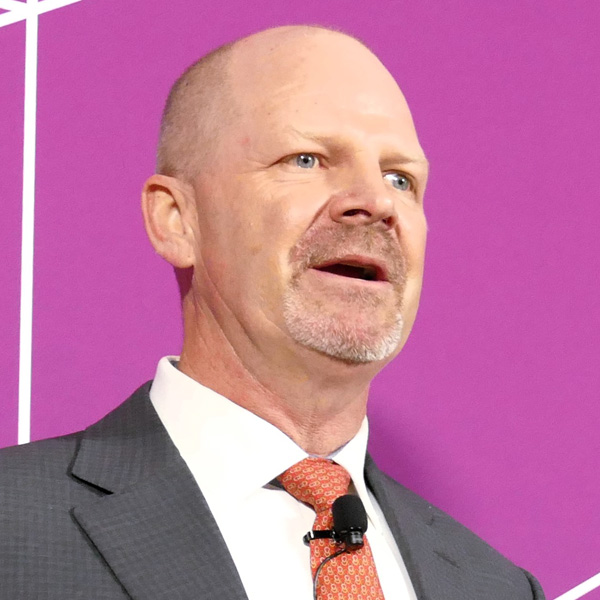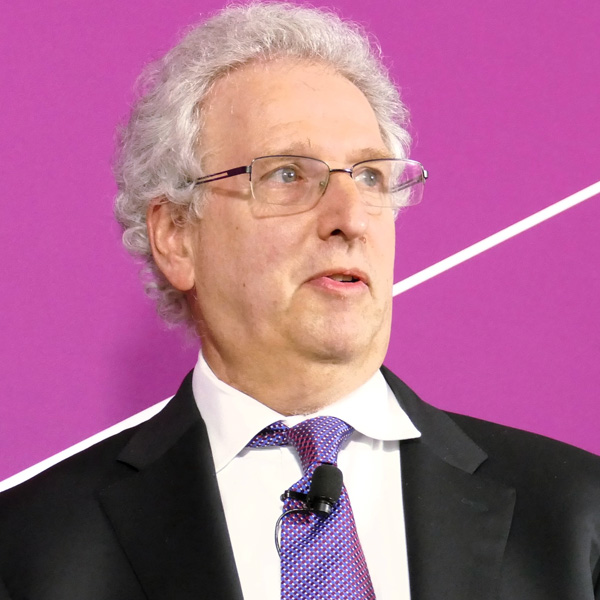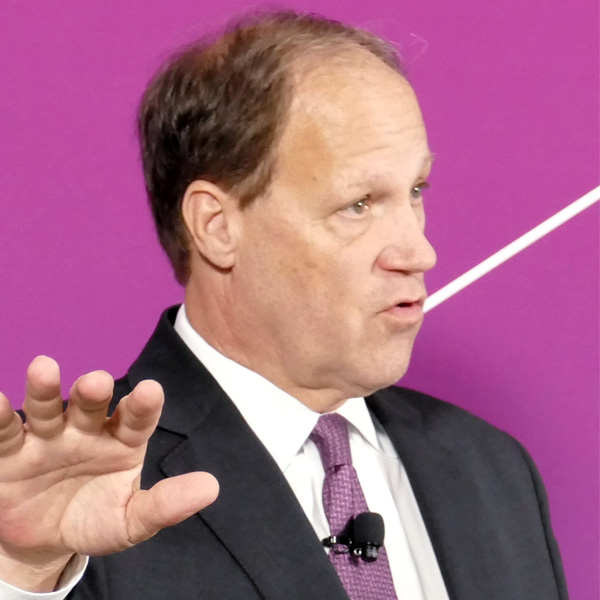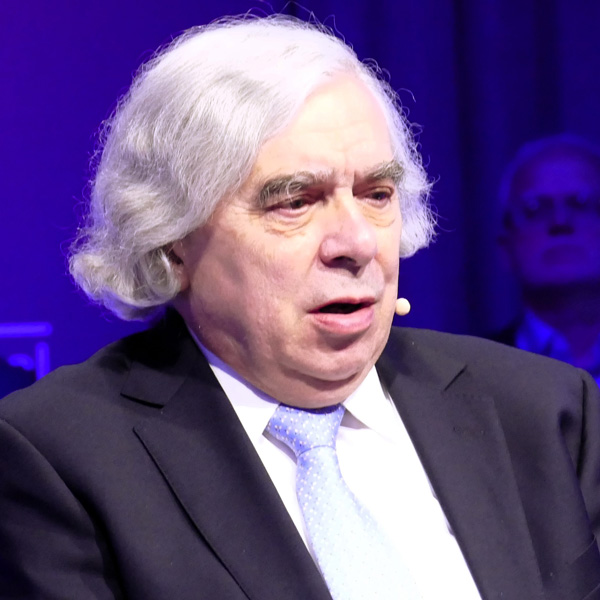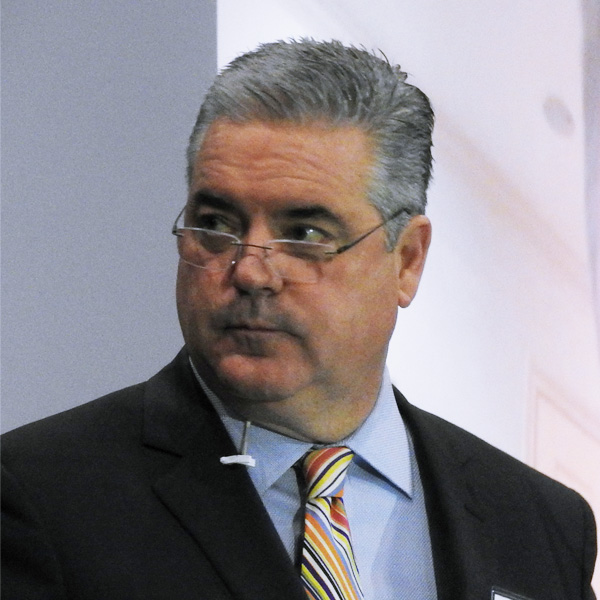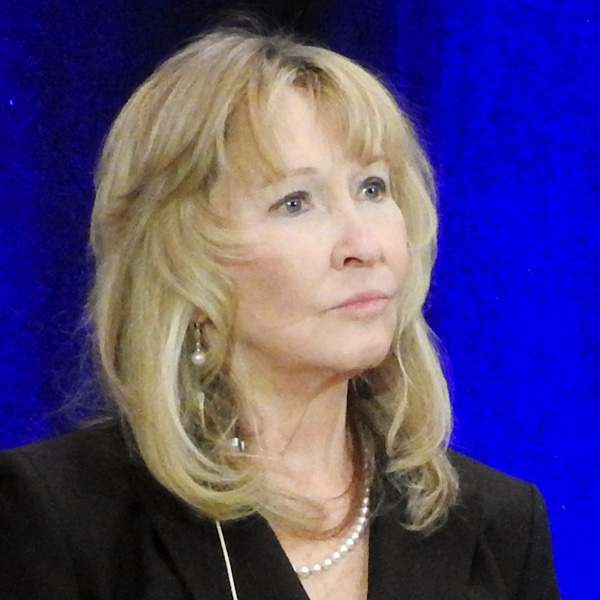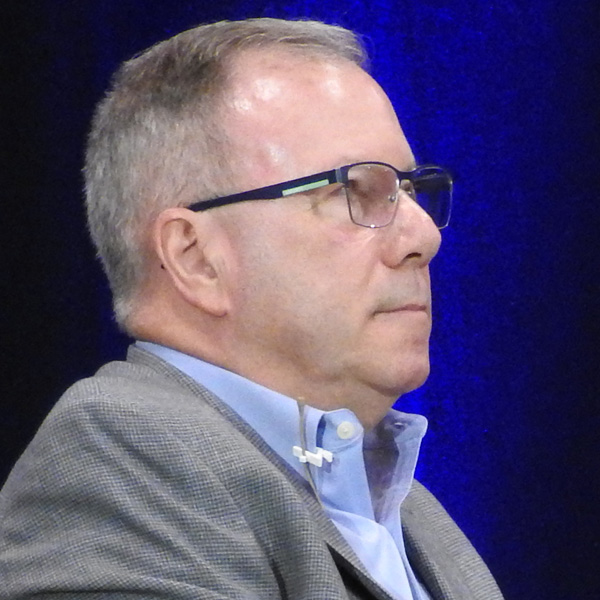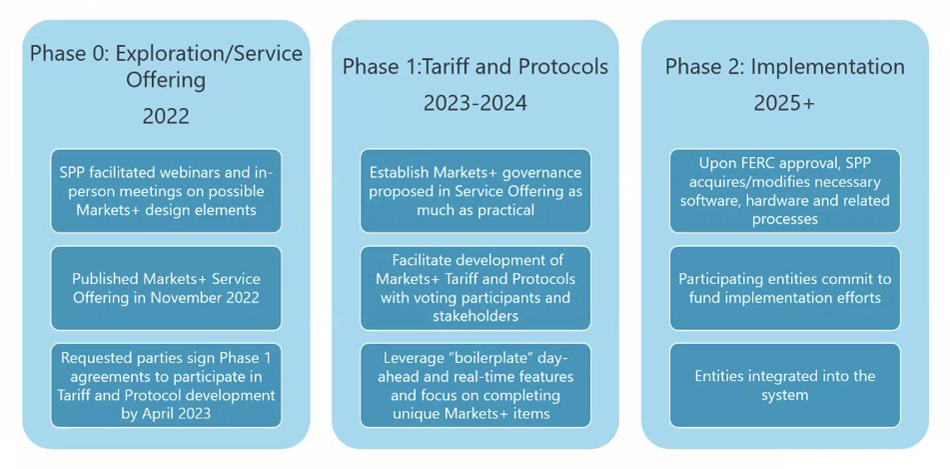The developer of New Jersey’s most advanced offshore wind project, Atlantic Shores, is pushing ahead with a second project as the state prepares to launch a new solicitation — its fourth — that could add as much as 4 GW in wind-generating capacity to help meet the state’s goal of 11 GW.
The Bureau of Ocean Energy Management (BOEM) on March 18 posted a Notice of Intent (NOI) to prepare an Environmental Impact Statement (EIS) on the Atlantic Shores North Project proposed by the developer, Atlantic Shores Offshore Wind. The plan would create an 82-acre sea tract eight miles off the New Jersey coast and 60 miles from New York.
The project would occupy the second half of the tract leased by the developer. The first half is the planned location of the 1,510-MW Atlantic Shores project — also known as Atlantic Shores South — that the New Jersey Board of Public Utilities (BPU) approved in its second solicitation, in 2021.
The Atlantic Shores North Project, with 157 wind turbine generators, would send electricity through cables that would make landfall in Sea Girt, N.J., and either Asbury Park, N.J., or New York City. The developer says it will consider submitting applications to future solicitations launched by either New York or New Jersey.
Terence Kelly, head of external affairs for Atlantic Shores, said the company is forging ahead despite the problems that in November prompted Danish developer Ørsted to withdraw its two New Jersey projects — the 1,100 MW Ocean Wind 1, the state’s first project, and the 1,148-MW Ocean Wind 2.
Atlantic Shores is “bullish” on producing power off the New Jersey coast, in part due to the commitment from New Jersey Gov. Phil Murphy (D) and New York Gov. Kathy Hochul (D), Kelly said in an interview with NetZero Insider.
“You see all the progress made. You can’t, can’t help but be a little bit bullish,” he said. “It’s a nascent industry that — getting through some challenging moments in the last year or two — sets us up to have a breakthrough moment where we can overcome the obstacles of the past.”
Accelerated Solicitation Schedule
BOEM posted the NOI on the Federal Register two days before the BPU on March 20 held a hearing to gather public input on the guidance document for the state’s fourth offshore wind solicitation, which seeks to secure new wind capacity of between 1,200 MW and 4,000 MW. The approved capacity could be even larger, “if circumstances warrant,” according to the guidelines.
The BPU expects to launch the solicitation during the second quarter, with applications in the third quarter and a decision on which projects to back by the end of the year.
If that timeline holds, in a sign of the state’s determination to demonstrate its commitment to offshore wind, the BPU would announce the endorsed fourth solicitation projects less than a year after picking the winners of the third solicitation in January. The agency at that time backed two projects — Leading Light Wind and Attentive Energy Two — totaling 3,742 MW of capacity. (See NJ Awards Contracts for 3.7 GW of OSW Projects.)
The state had planned to solicit new projects every two years, but it accelerated the process after Ørsted’s departure to make up for lost ground. (See Ørsted Cancels Ocean Wind, Suspends Skipjack.)
The developer’s withdrawal left Atlantic Shores, a 50/50 joint venture between EDF-RE Offshore Development and Shell New Energies US, at the helm of the state’s leading offshore wind project.
“The compounding challenges of the interest rate environment, of inflation and the supply chain bottlenecks, those are all things that are real, they remain real,” Kelly said. But he added that “we are sizing them up in a way that we say, you know what, cautiously we can proceed, because these are great markets.”
Going through the NOI process is part of the company’s strategy to get as much of the permitting and regulatory issues out of the way early on, he said. That way, when the company submits a solicitation bid it can present a “mature” project with a solid foundation that can persuade state officials selecting projects that Atlantic Shores is ready to bring the project successfully to fruition.
Although the lease area is close to New Jersey, it sits in federal waters, so the power generated by the project would go to the state that strikes a finance and power agreement with the developer, Kelly said.
“We remain committed to New Jersey,” he said, noting that New York also will have a solicitation in the near future. He added that the developer is ready for opposition from New Jersey stakeholders to the Atlantic Shore North Project.
“Stakeholder concerns are valid, and we should take them into consideration,” he said. “And they should be weighed appropriately against the public policy goal to get to 100% clean energy by 2035.”
Project Evaluation Criteria
New Jersey’s wind projects have faced opposition from commercial fishermen, businesses that fear fewer visitors will come to the shore if wind turbines are on the horizon, and residents and property owners who fear the projects will diminish their quality of life.
BOEM’s announcement that it would initiate the environmental review of Atlantic Shore North prompted an opposition group, Save Long Beach Island, to denounce the plan in a fundraising email that day.
As well as its proximity to shore communities, the project would “add insult to injury” by potentially sending power to New York, the message said.
“This is truly inequitable because LBI (Long Beach Island) and New Jersey would bear the adverse property value, rental, tourism and other impacts of the turbine projects, while New York would get the benefit of the power,” said the email, from organization President Bob Stern. It added that the organization would need “new financial support” to oppose the project in the environmental process and to file litigation against the Atlantic Shores North Project.
Opposition surfaced at the hearing for the fourth solicitation guidance proposal, where there was little presence among the 10 speakers of either the OSW industry or the environmental groups that see OSW as essential to cutting carbon emissions and helping mitigate the effects of climate change.
Opposing the projects, Jeff Platenyk, who said he is a longtime resident of New Jersey, expressed concern at the weighting of different factors the BPU uses to decide which projects to approve. The agency said the purchase price of an Offshore Renewable Energy Credit — which represents the environmental attributes of one megawatt-hour of electric generation from an offshore wind project — and other ratepayer impacts will carry 60% of the evaluation factors.
Economic strengths and the proponents’ guarantees to make them happen will account for 20% of the factor weighting, and an additional 10% will rest on the likelihood the project would yield a successful commercial operation.
Platenyk questioned why “environmental and fisheries impacts” carry only a 10% weighting, calling it “quite disturbing” given that the projects could reap “serious destruction” of ocean aquatic life.
Supporting the OSW projects, Monmouth County fishing charter business owner/operator Paul Eidman said he sees “the negative impacts of the climate crisis every day out on the water” and offered a suggestion for improving the guidelines. Eidman suggested the BPU take measures to ensure the turbines are decommissioned after 25 years in such a way as to create an “artificial reef underneath these turbines.”
Erica Bosak, an attorney for Clean Ocean Action, which opposes OSW projects due to their possible damage to whales and other marine life, criticized the “voluntary nature of many of the solicitation guidance documents.”
She said the guidance says developers submitting project proposals “should … avoid impacts to sensitive seafloor habitats, including shellfish habitat, prime fishing areas, submerged aquatic vegetation and wetlands.”
“But it is not mandatory for them to do so,” she said.
Transmission Cost Reductions
The BPU, on the same day as the fourth solicitation, approved changes in the scope and cost of the infrastructure through which the power would be brought to the shore. BPU officials said the changes to the transmission system created under the State Agreement Approach approved by the board Oct. 26, 2022, would save ratepayers about $29 million. (See NJ BPU OKs $1.07B OSW Transmission Expansion.)
The order said the changes stemmed from regular meetings between BPU staffers and representatives of PJM. The changes included cancellations of a transmission line and circuit breaker that were not needed, revised cost estimates for equipment and conclusions that certain projects no longer were needed, the order said.

